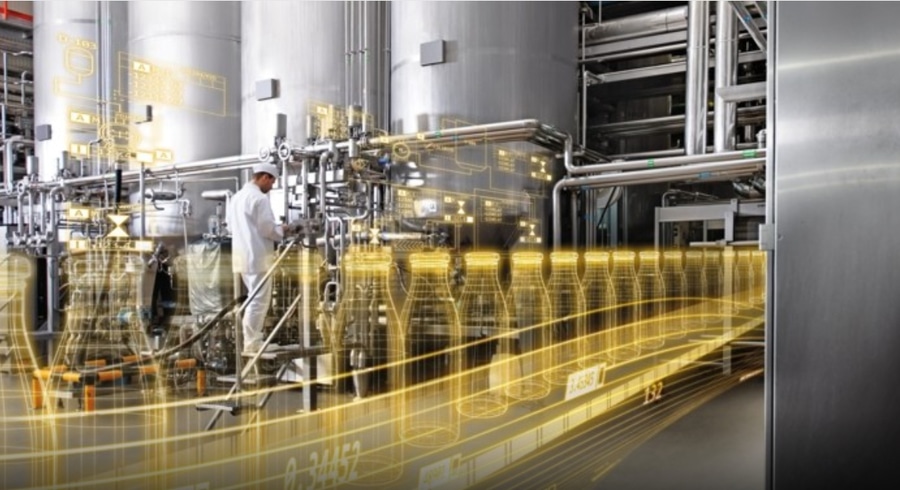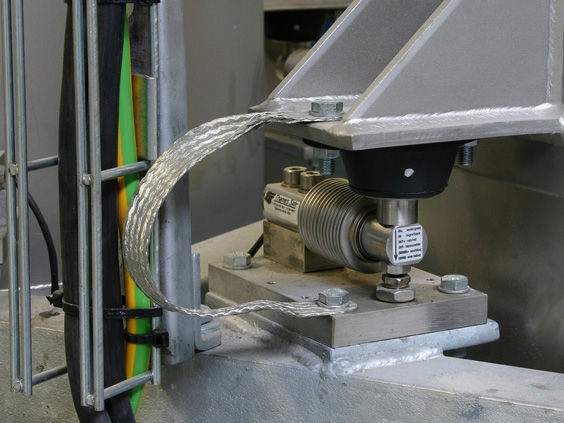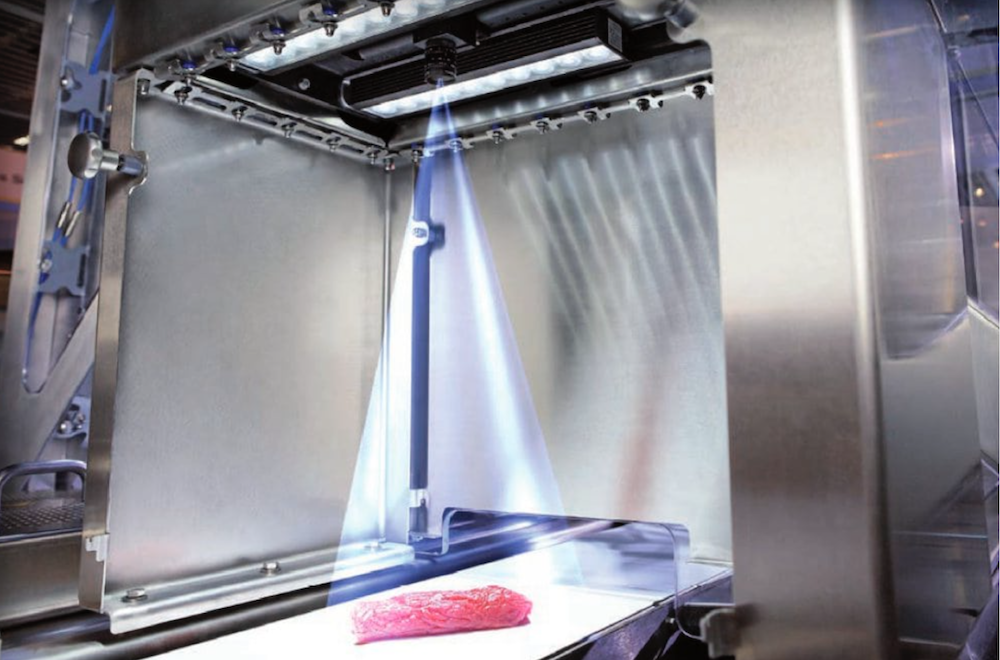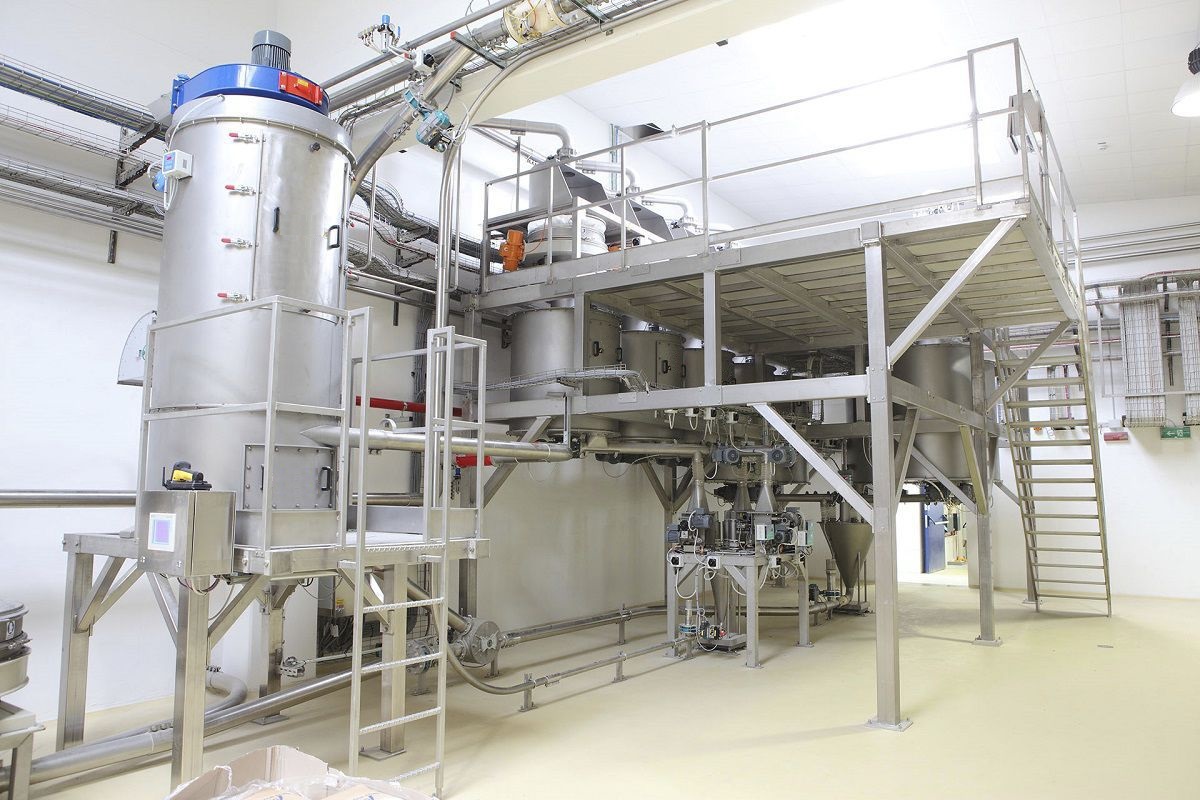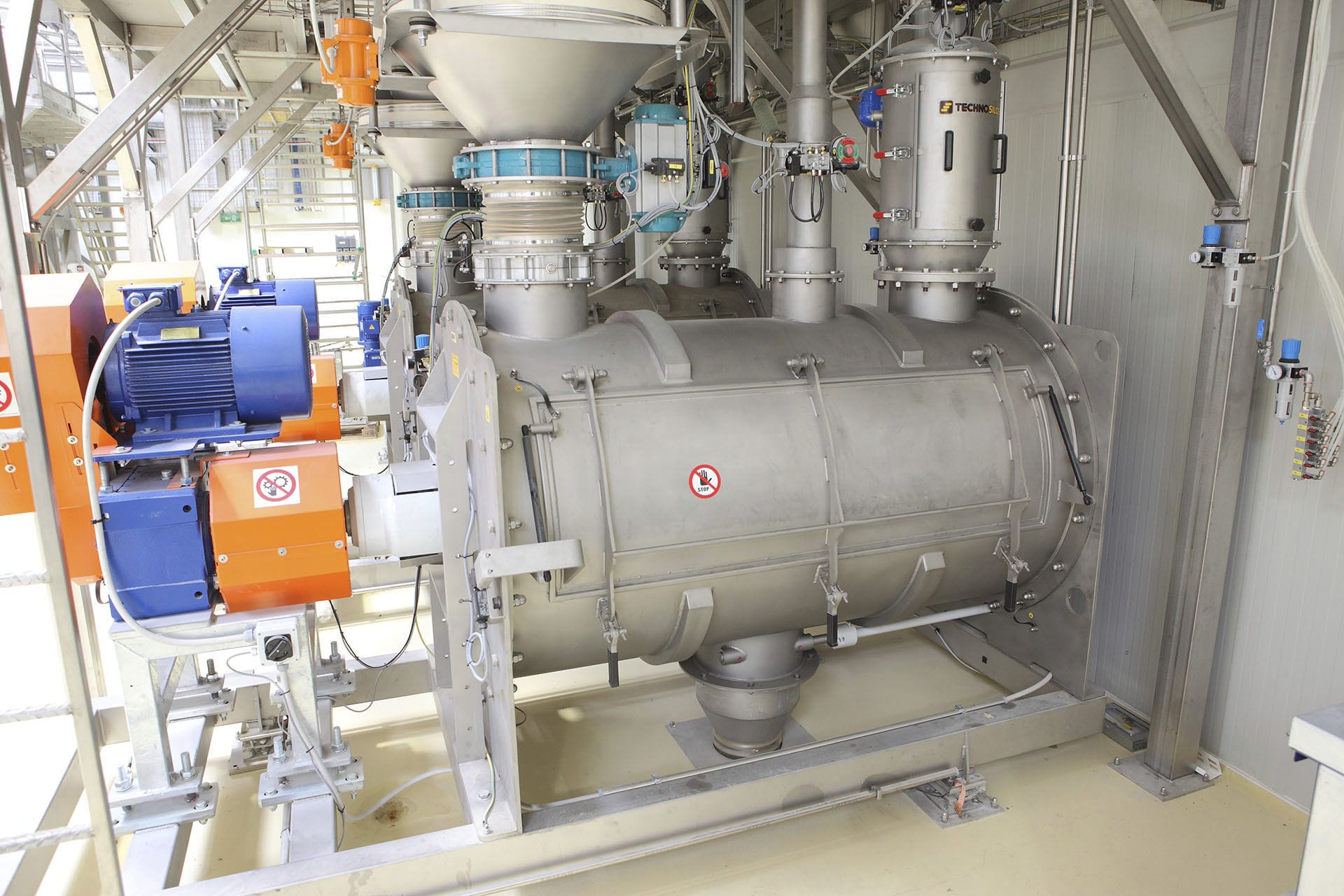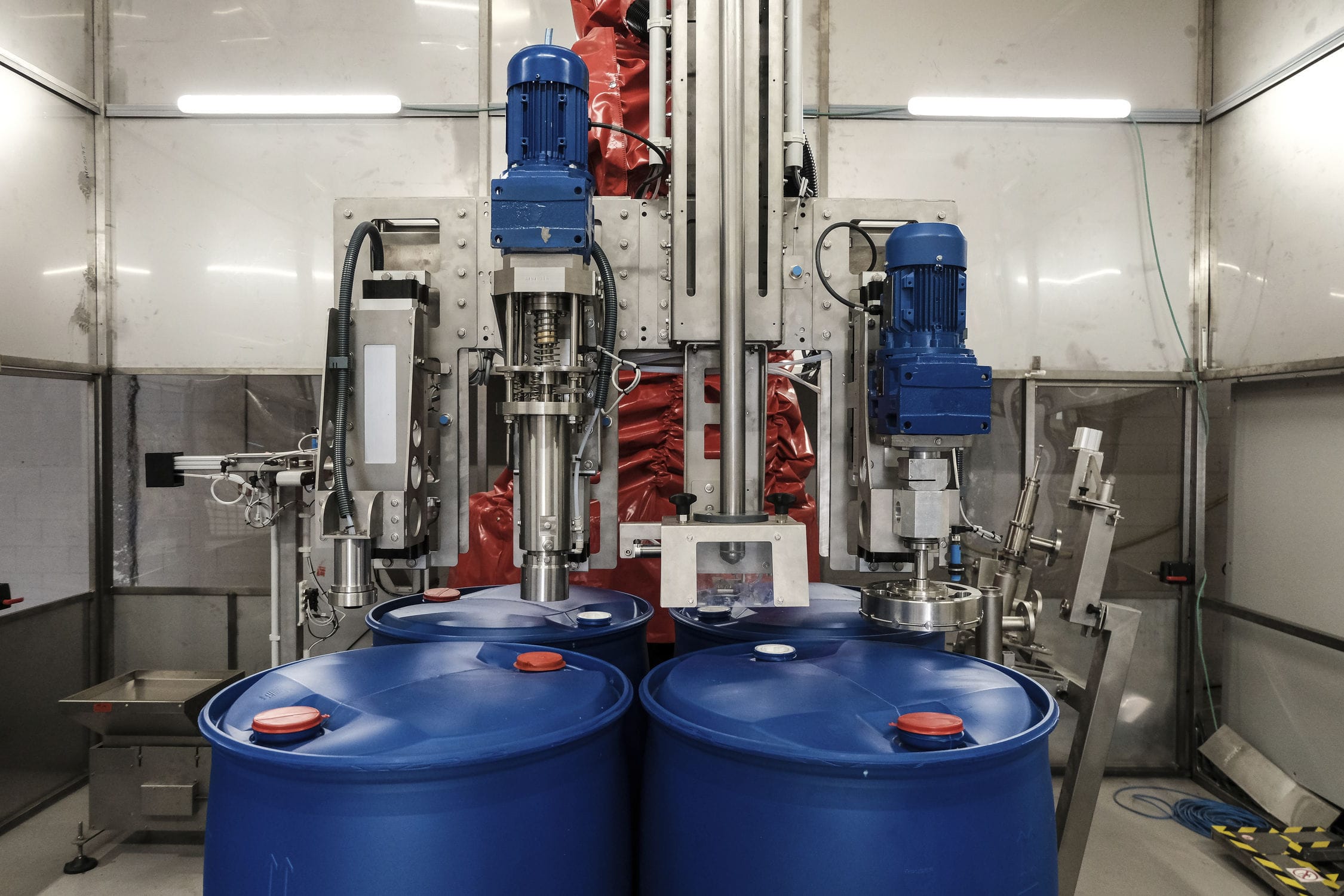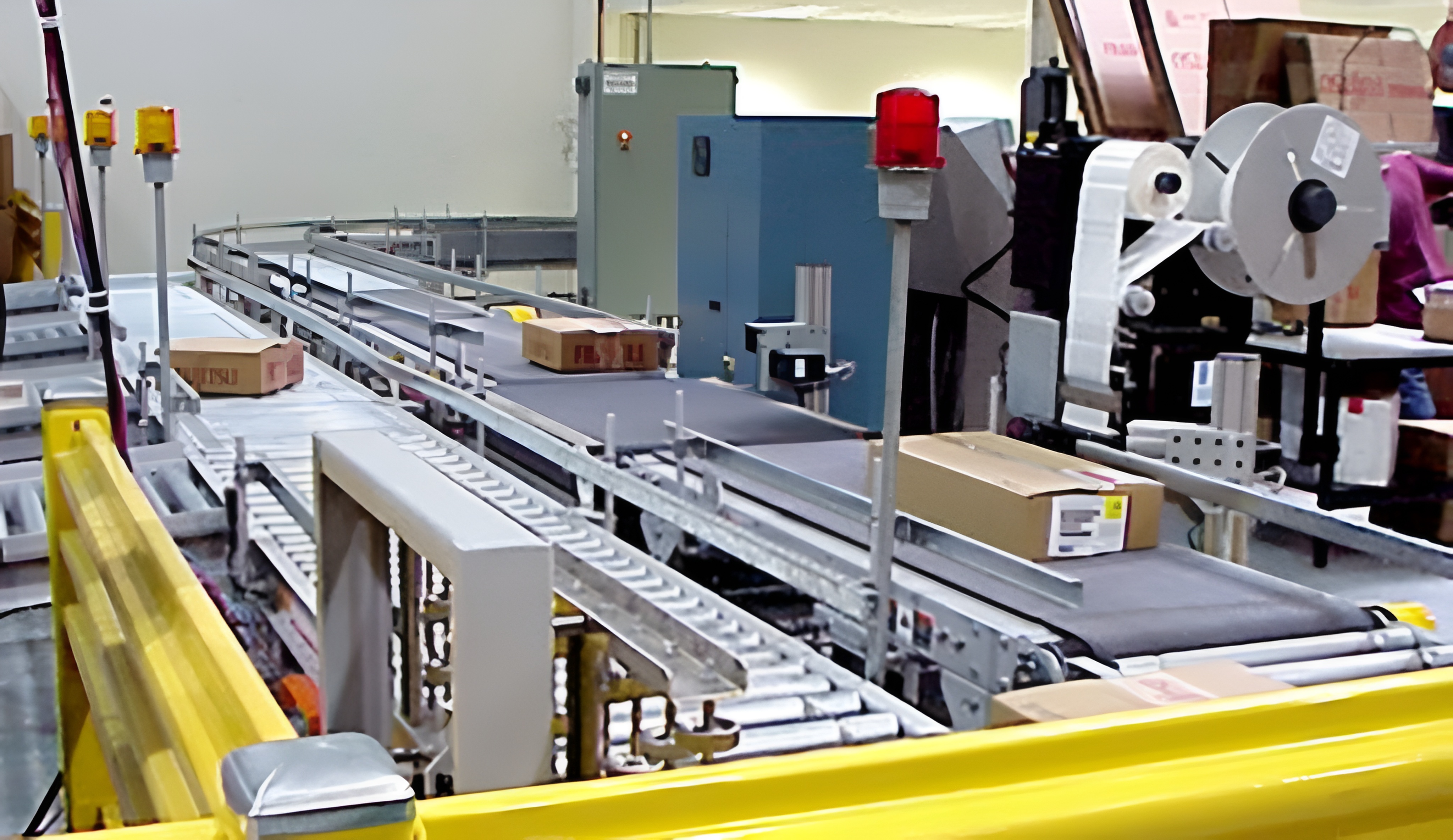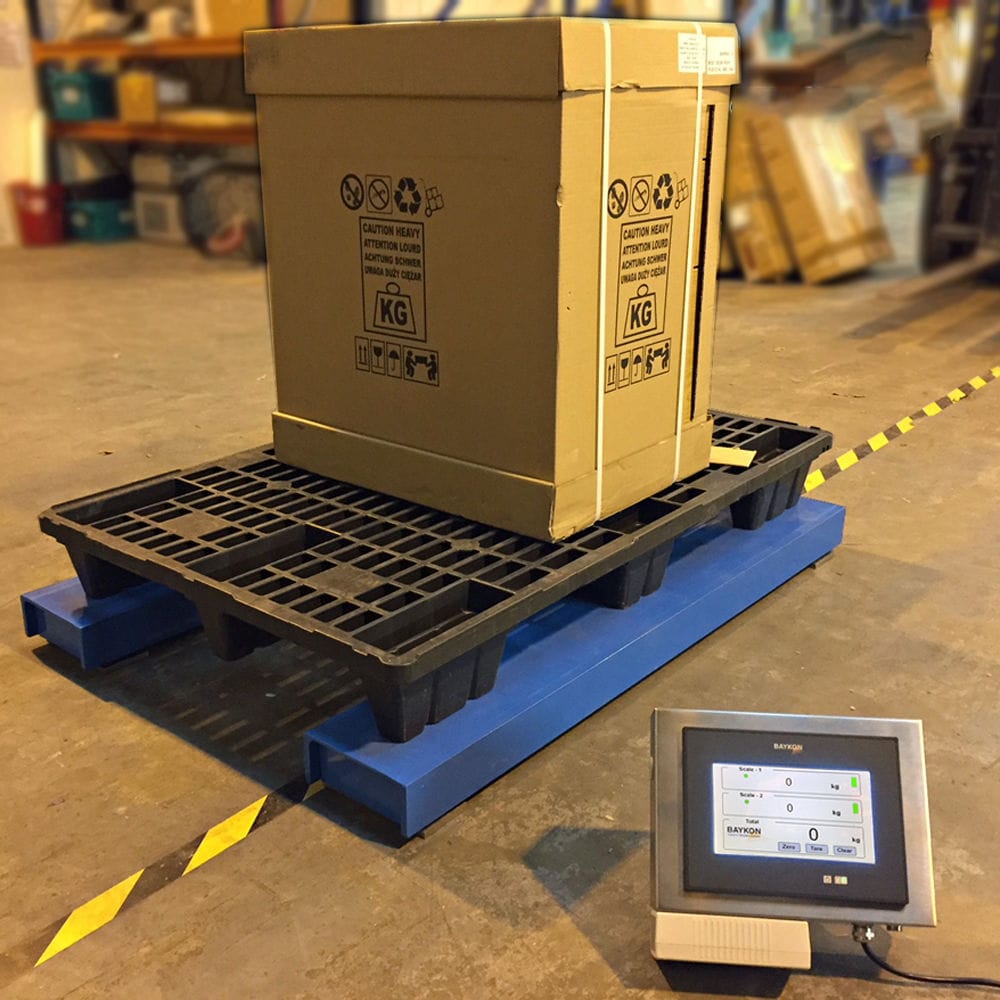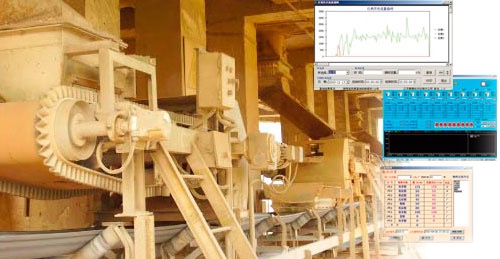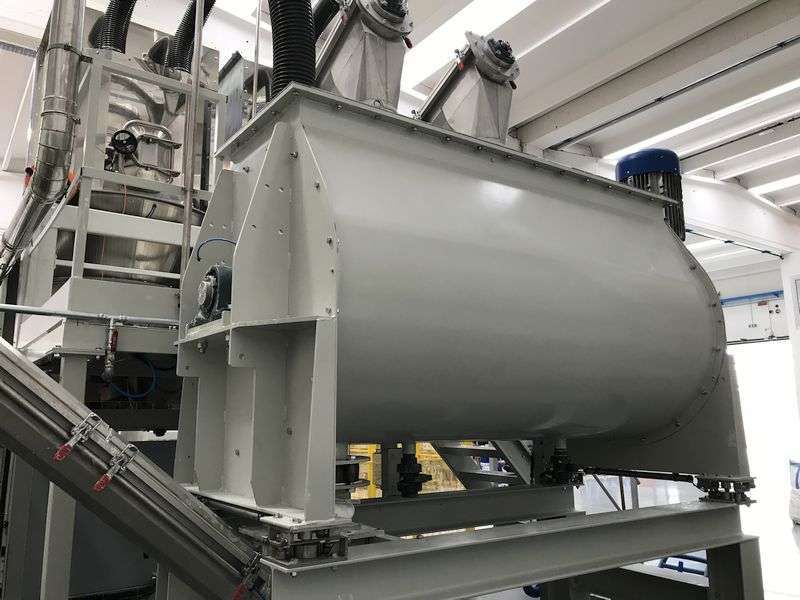

The main control part of automatic belt scale adopts PLO programming controller (PLC), which is composed of CPU module, I/O module, high-speed counting module, AD/DA module and scanner module. It is responsible for the entire digital quantity input and output control and provides the input and output signals required for external connection. It is used for frequency conversion speed regulation control and current instantaneous flow output 4-20mA current signal, the speed adjustment signal after computer processing is sent to the inverter by NI04I, and the encoded pulse from the speed encoder is sent to the high-speed counter by PLC calculation to obtain the running speed of the belt.
 020-34563445
020-34563445The main control part of automatic belt scale adopts PLO programming controller (PLC), which is composed of CPU module, I/O module, high-speed counting module, AD/DA module and scanner module. The CPU is used for the main program control, a 16-point digital input module and a 16-point digital output module, which is responsible for the digital input and output control of the entire electronic belt scale and provides the input and output signals required when connected with the external. Two 16-bit analog inputs and two analog output modules NI04I A/D for weight sampling, D/A for frequency control and current instantaneous flow output 4-20mA current signal. The weight signal is converted to 4-20mA current signal by the transmitter and sent to NI04I: the speed adjustment signal after computer processing is sent to the inverter by NI04I: The coded pulse from the speed encoder is sent to the high-speed counter and the running speed of the belt is calculated by PLC.
The belt scale adopts three groups of weighing bridge, one of which is installed at the back of the belt conveyor feeding point, where no material passes through, and can only weigh the tare, which can realize real-time online automatic peeling when conveying materials; The other two groups of scales are installed in the front of the blanking point, and weigh the material at the same time during the conveying process, and compare and calibrate the material online. The measuring scale and gross weight scale installed on the belt conveyor adopt the method of mutual comparison to implement automatic online calibration, that is, continuous material weight calibration. First of all, in the process of conveying materials, the belt scale and the gross weight scale are compared and calibrated to make the material amount of the two scales equal; Secondly, in the case of normal material delivery, the standard weight is applied to the weighing scale, and then the two scales get two sets of weighing values: the weighing scale applying the standard weight gets the value of the measured material weight and the weight of the added weight, and the gross weight scale only gets the value of the measured material weight. Since the two scales have been compared and calibrated in advance, the value of weighing the conveying material is the same, the weight value obtained by the weighing scale is subtracted from the weight value obtained by the gross weight scale.
The belt machine transport piles of spices from the coarse feed funnel, transported to the weighing bucket, the upper and lower two weighing buckets do interlock test closing according to a certain frequency, the weighing out of 90% of the predetermined weight of the spices, then the belt machine weighs the spices, transported to the Electronic scale, electronic weighing the accurate weight of the spices, send signals to the control components, control components receive signals, Conduct analysis, and then send a control signal to the fine Feeder, which controls the fine feeder to transport the remaining weight of the spice to the weighing platform of the weighing module. During the conveying process, the weighing module dynamically weighs the weight of the spice on the weighing platform and sends signals to the control element. When the weight of the spice on the weighing platform reaches the predetermined weight, the control element sends signals to the motor controlling the push plate. The motor drives the push plate to push the condiments on the scale table to the strapping mechanism.
When the weight of the control element on the weighing platform is the same as the predetermined weight, the control signal is sent, and the feeding drum can stop feeding on time, but there is still a continuous flow between the material surface of the feeding outlet weighing platform, which must fall into the weighing hopper, which also causes metering errors; At the same time, when the weight of the control element on the scale has not reached the predetermined weight, the time to stop feeding should be estimated by calculating the pre-given procedure, as well as the weight of the material in the drop (the material in the drop is not a throwing body movement, and the time to move is difficult to estimate), so the impact of the logistics "drop" should be reduced. The distance between the outlet of the feeding device and the weighing hopper should be reduced as much as possible, and the material flow during feeding should be reduced.







